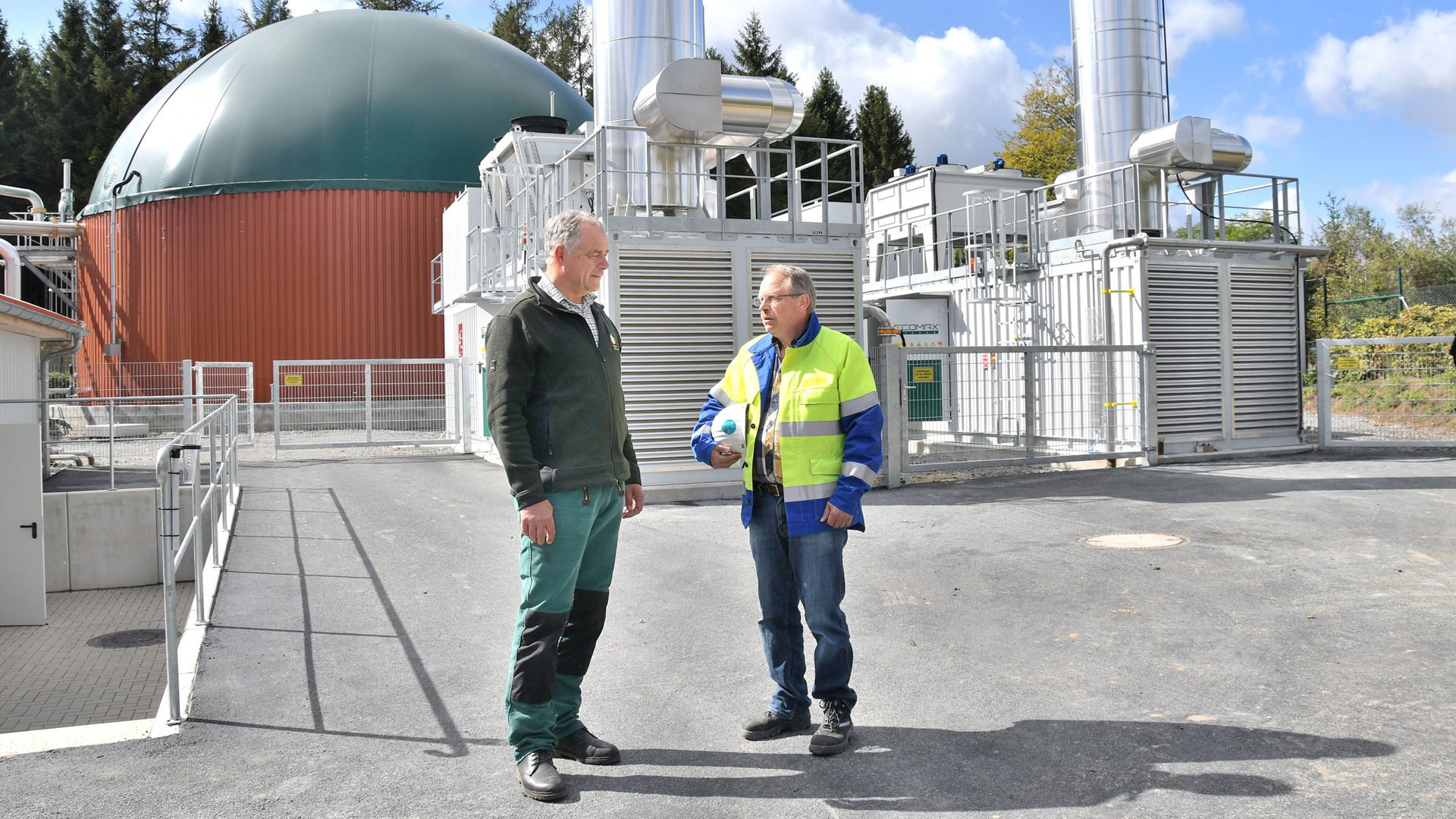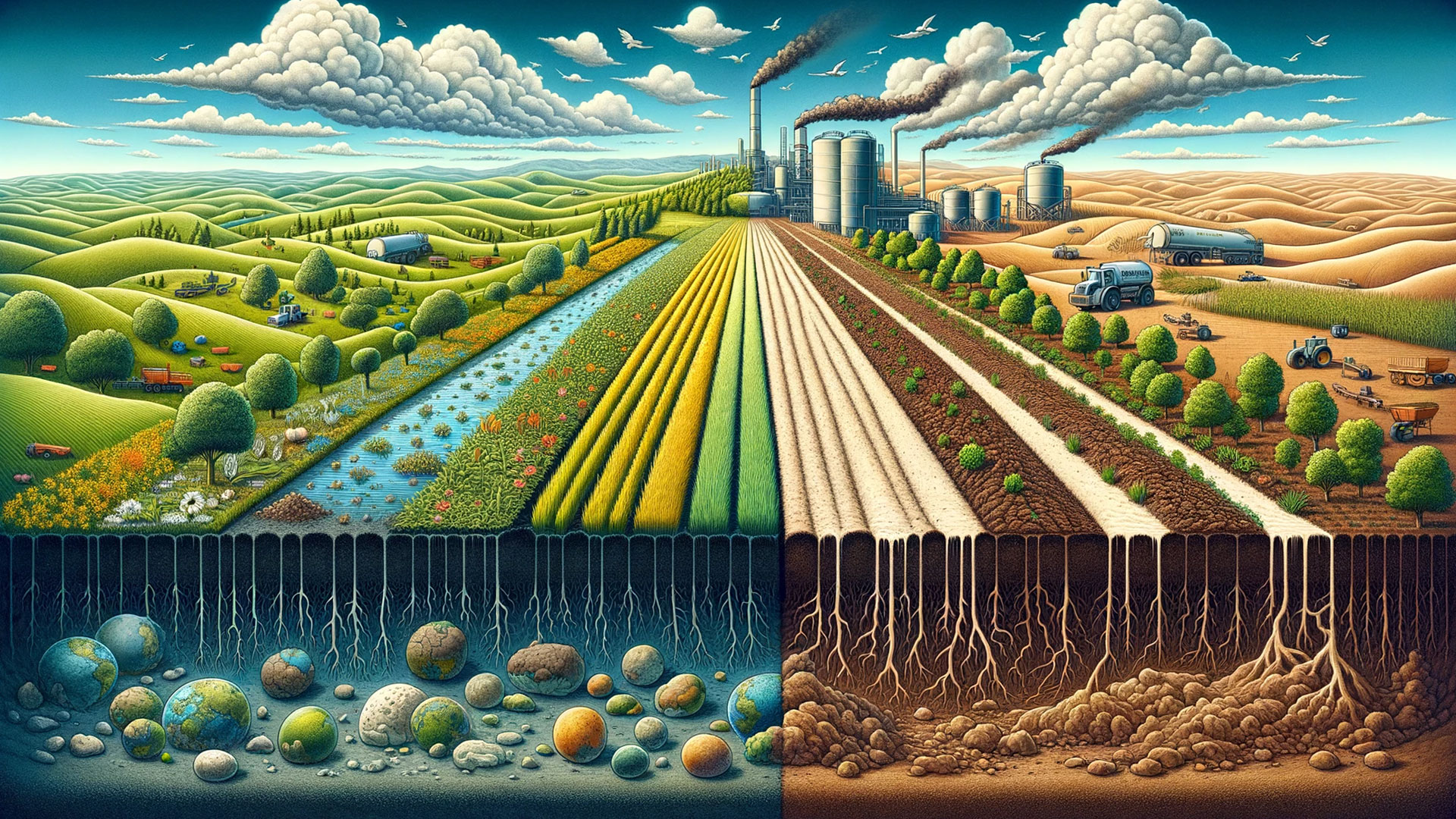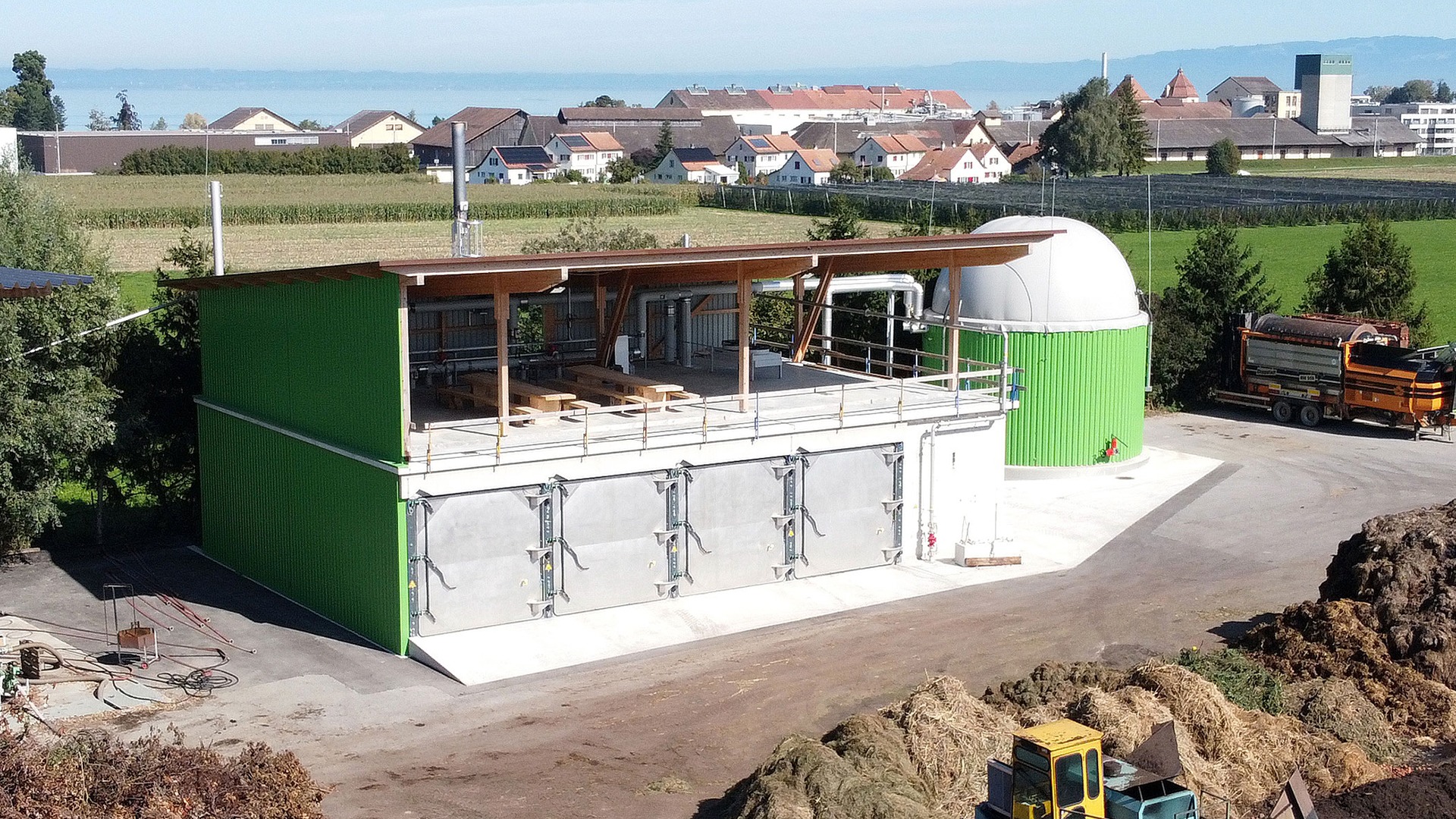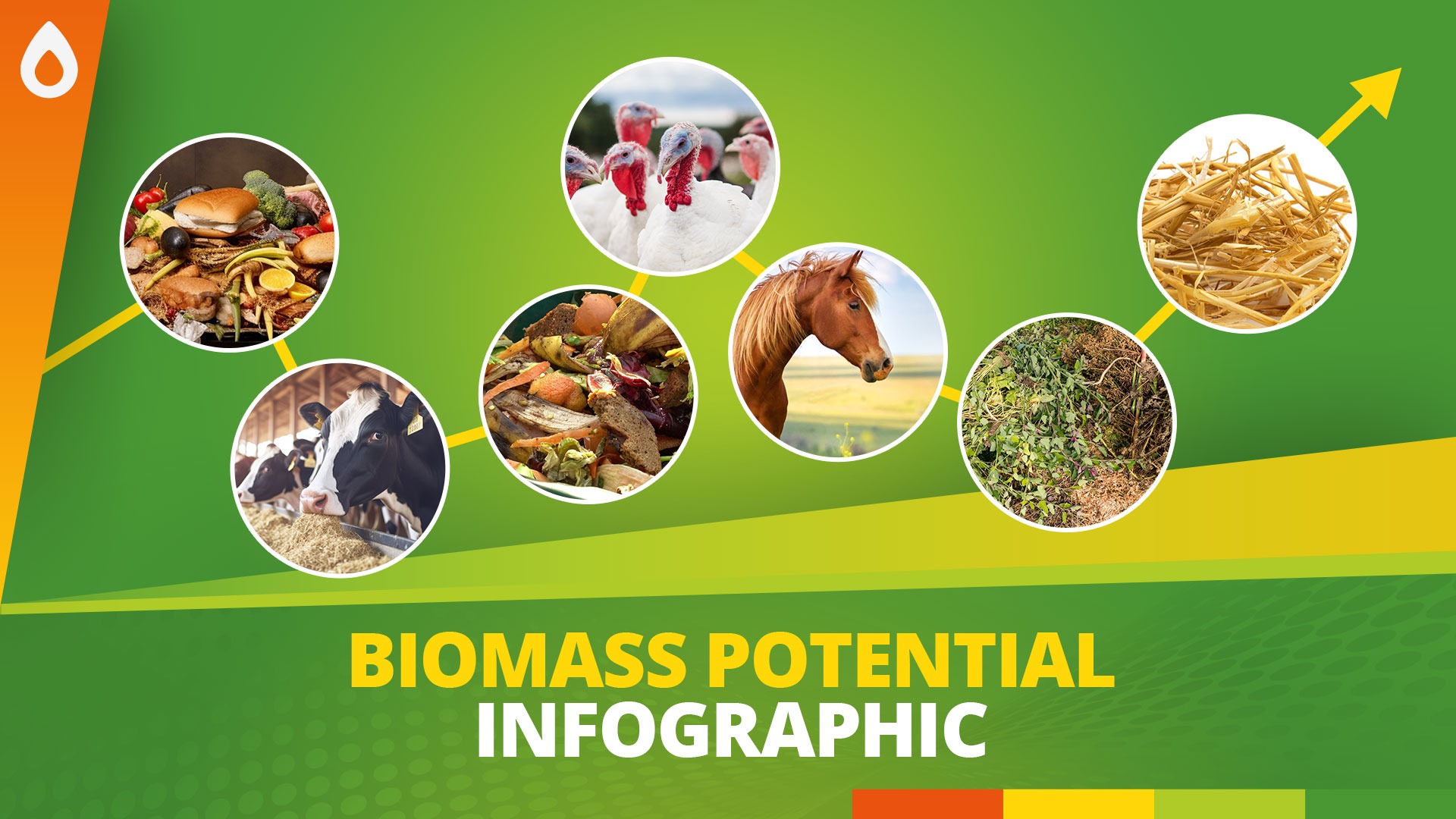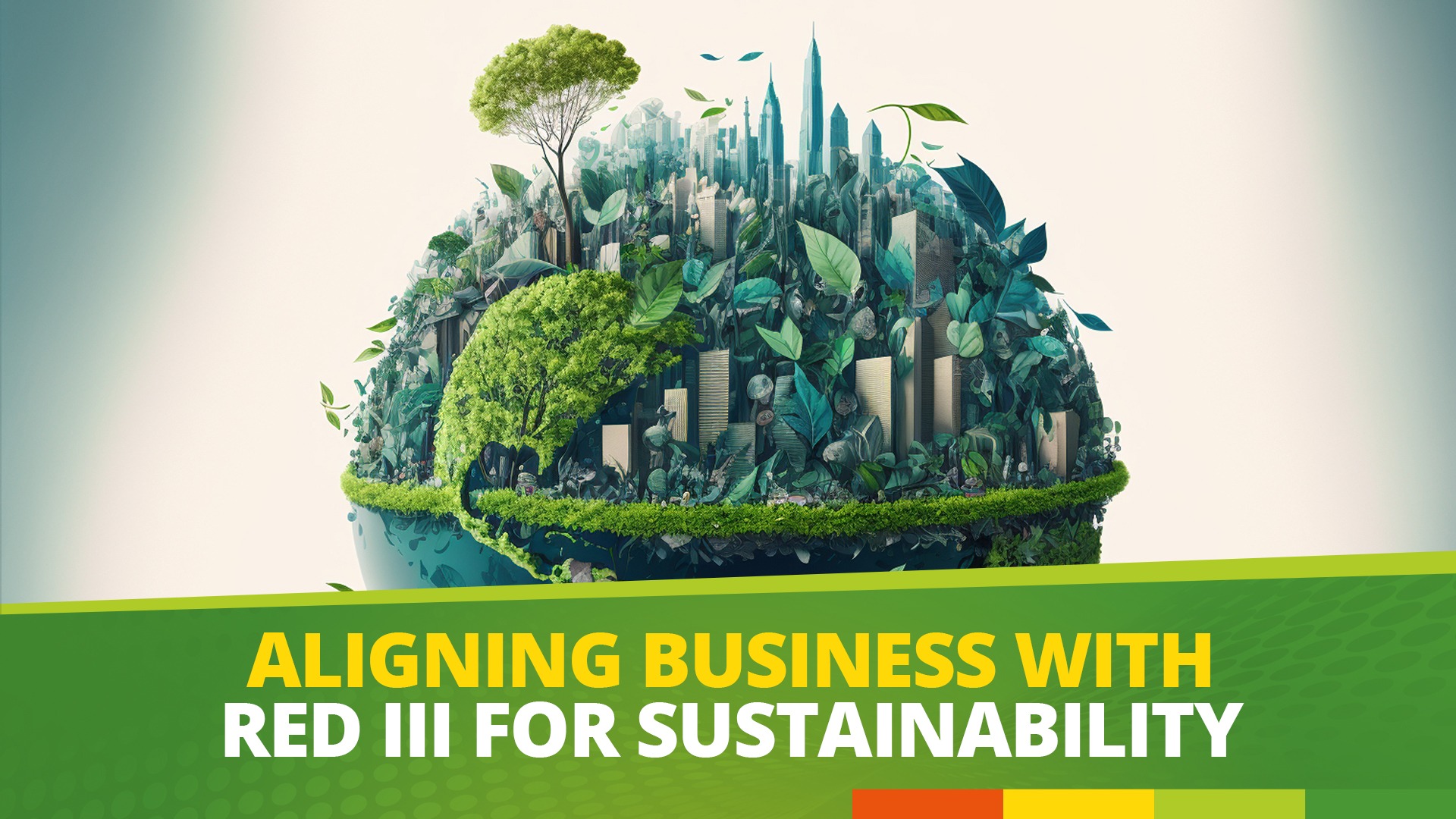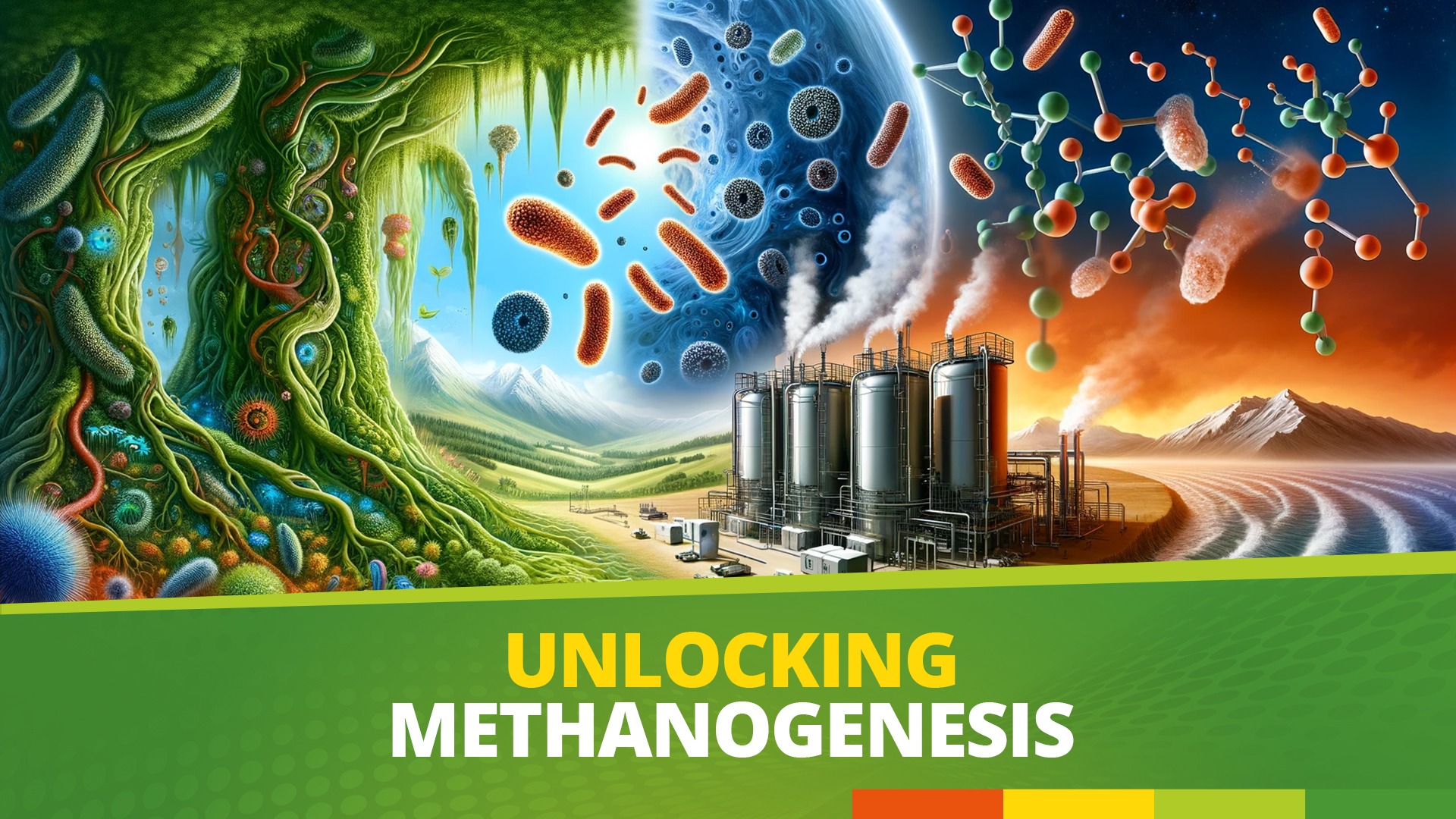In recent months, the Swiss company Renergon has planned and built a so-called solid fermentation plant (SSAD plant) at Hellefelder Höhe close to Sundern, Germany. The plant extends the composting plant Hellefelder Höhe, in which since 1997 the biowaste of the western Hochsauerlandkreis is disposed of and processed to compost, by an energy generation plant, in which electricity is produced from biogas.
Simultaneously with the planning and construction of the plant, innogy Netzservice and Westnetz GmbH, the distribution network operator of innogy, have provided a state-of-the-art and perfectly fitting transformer station for feeding the energy into the power grid. Friedrich und Reimund Klute GbR operate the composting plant on the Hellefelder Höhe. Some years ago, the 34-year-old landscaper had the idea, together with his father, not only to process the organic waste into valuable compost, but also to generate energy from it. “Up to now, however, we have lacked the technology that would suit us,” says Friedrich Klute.
In operation since August
This changed last year with the offer of the Swiss biogas plant manufacturer Renergon. In the new plant, the biowaste is now first used to generate energy before being processed into compost and special soils. The plant went into operation in August after a construction period of about one year, and the biowaste, which is mainly delivered from the cities of Arnsberg, Sundern, the community of Eslohe and parts of the city of Meschede on the Hellefelder Höhe, is first shredded. Sorting is then carried out via several stations, where everything that is not compostable is sorted out. This includes metals and plastic waste, for example. This sorting is initially done mechanically and in a further step by trained employees. The shredded pure biowaste is then filled into so-called fermentation boxes, in which added bacteria produce biogas from it. This biogas consists of about 55 percent methane and 45 percent carbon dioxide and serves as fuel for two combined heat and power plants, which generate electricity and heat from the biogas. The heat is used to operate the fermentation plant, i.e. to produce additional fuel. The electricity on the other hand, the actual new and valuable product, is fed into the supra-local grid.
Compost plant supplies 1,100 households with electricity
“We can supply around 1,100 households with electrical energy via our system,” says Friedrich Klute. A full organic waste bin with 120 liters of content has an energy equivalent of four to five liters of heating oil. The fermentation of waste thus makes a very concrete contribution to the energy revolution, but of course this much energy cannot be fed into the power grid without the appropriate technology. The plant at Hellefelder Höhe therefore also brought the plant planners of Westnetz GmbH, the distribution network operator of innogy SE, onto the scene: On behalf of Biogas Hellefelder Höhe GmbH, Westnetz planned a new transformer station capable of receiving the energy from the plant and feeding it into the network. “For this order a tailor-made solution was essential. From the planning of the exactly fitting possibilities to the selection of the executing companies, we were able to provide our customer with the complete service from one source and show our technical know-how”, explains Gerhard Quick from the sales department of innogy Netzservice.
Open day on 21 September
Anyone who is now curious about the ultra-modern energy generation plant can see for themselves: On Saturday, 21 September, from 10 a.m. to 4 p.m., Biogas Hellefelder Höhe GmbH invites you to visit the composting plant and the biogas plant during an open day.
Source: lokalkompass.de, 19.09.2019
